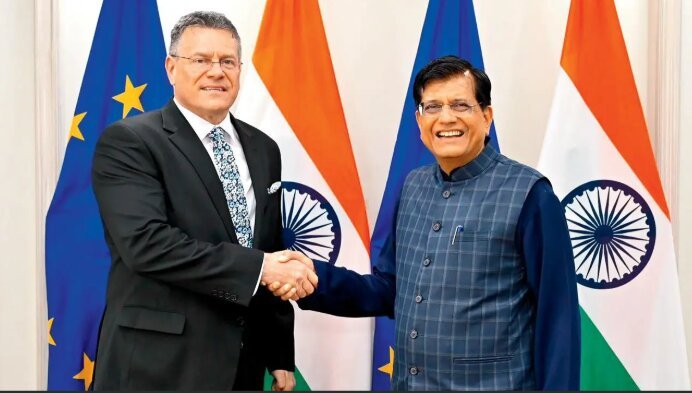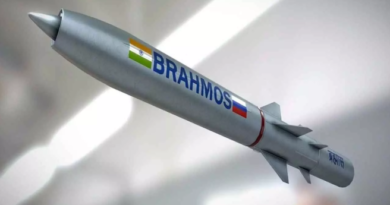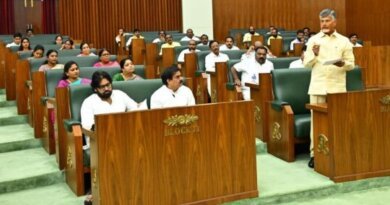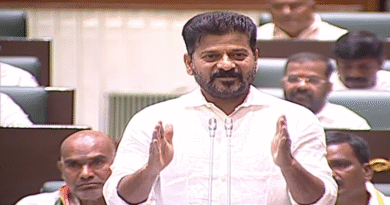India-EU FTA Talks Begin in Brussel

India and the European Union have officially launched the 14th round of Free Trade Agreement (FTA) negotiations in Brussels, aiming to finalize a comprehensive deal by the end of 2025. The five-day talks, which began on October 6, bring together senior officials from both sides to resolve long-standing issues and unlock new trade and investment opportunities.
This round is considered pivotal, as both India and the EU seek to conclude negotiations that have spanned over a decade. The discussions cover 23 key policy areas, including trade in goods and services, investment protection, customs facilitation, intellectual property rights, and sustainable development.
India’s Commerce and Industry Minister, Piyush Goyal, has expressed optimism about reaching a final agreement. He is expected to meet EU Trade Commissioner Maros Sefcovic later this month to assess progress and align on final terms.
The proposed pact is designed to:
- Boost exports of Indian goods like garments, pharmaceuticals, steel, and electronics.
- Enhance EU access to Indian markets for automobiles, medical devices, and premium food products.
- Strengthen bilateral cooperation in digital trade, green technologies, and innovation.
India’s trade with the EU has grown steadily, with goods trade reaching $136.53 billion in 2024–25. The EU accounts for 17% of India’s total exports, making it the country’s largest trading partner in goods. Services trade between the two regions stood at $51.45 billion last year.
For India, the FTA could improve competitiveness in European markets, especially for small and medium enterprises. It also opens doors for strategic investments in sectors like renewable energy, manufacturing, and digital infrastructure.
The EU, on its part, is pushing for reduced tariffs and stronger regulatory alignment. Key demands include:
- Lower duties on wine, spirits, and meat products.
- Enhanced protection for European geographical indications.
- Transparent procurement and dispute resolution mechanisms.
Negotiators are working to balance these demands with India’s domestic priorities, including safeguarding local industries and ensuring equitable access for Indian exporters.
The revival of talks in 2022 marked a fresh start after an eight-year pause. Earlier negotiations stalled in 2013 due to disagreements over market access and regulatory standards. This renewed momentum reflects a shared commitment to deeper economic ties and global competitiveness.
Experts believe the agreement could reshape India’s trade architecture, positioning it as a stronger player in global supply chains. It also aligns with India’s broader goals under initiatives like Make in India, Digital India, and Atmanirbhar Bharat.
As talks progress, stakeholders from industry, agriculture, and technology sectors are closely watching developments. The final agreement is expected to include chapters on climate cooperation, labor standards, and digital governance—making it one of India’s most comprehensive trade deals.
The outcome of these negotiations will influence future trade strategies, regional partnerships, and India’s role in global commerce. With December set as the deadline, both sides are racing against time to finalize a deal that promises mutual growth and long-term stability.



